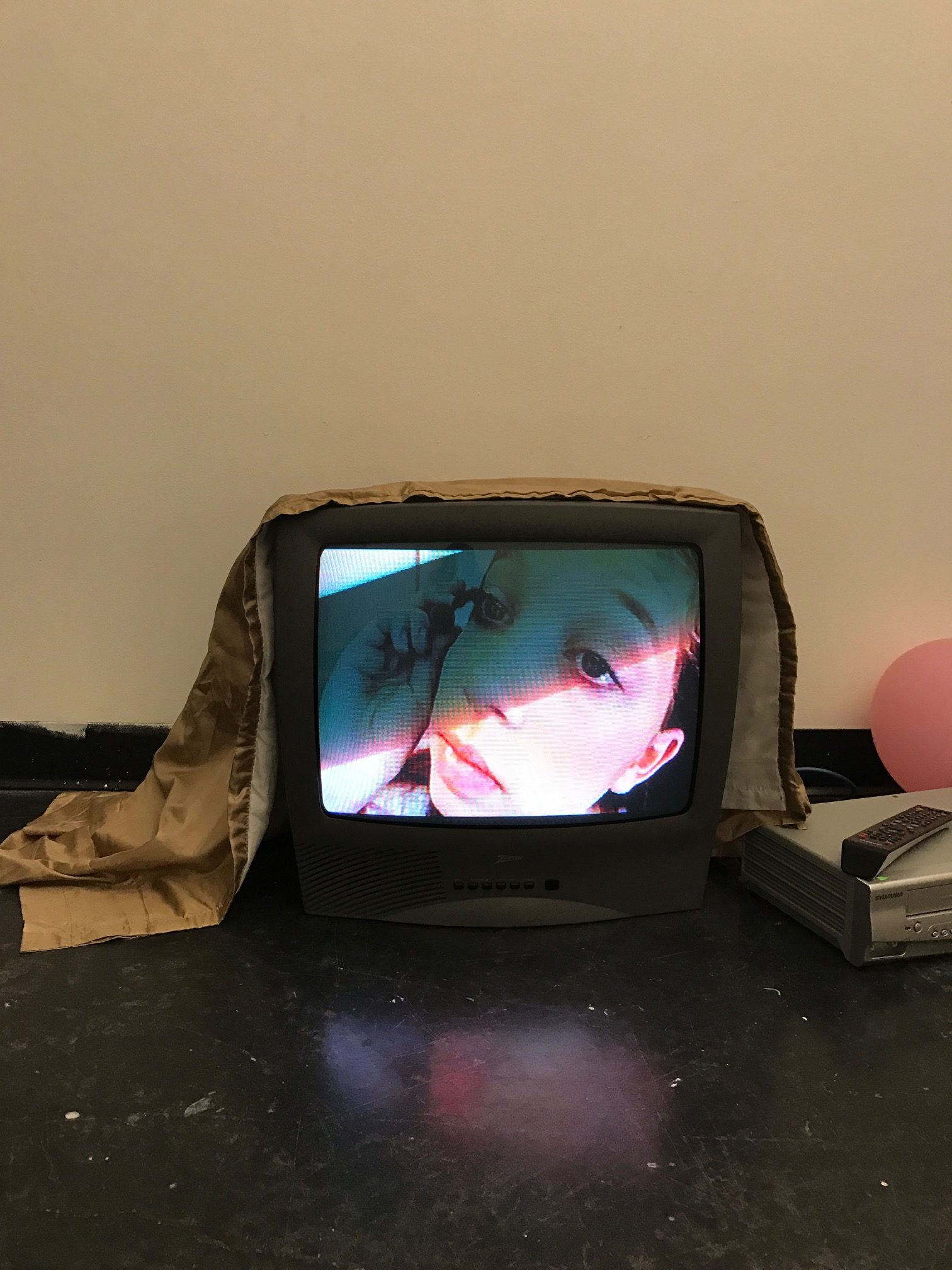
Notices have appeared in the various media labs around campus: Reed is discontinuing all VHS support, beginning this Fall.
The news has come without fanfare, and those who did see the signs were, in all likelihood, even more surprised to learn that, until now, Reed’s A/V department actually still did support VHS. After all, nearly thirty years have passed since the format’s peak popularity. By the time most current Reedies’ autobiographical memories began, VHS was already on its way out; even DVD, its successor, is on its last legs. So, in some ways, we all said goodbye to VHS a long time ago, and the announcement comes as a formality.
At the same time, though, does anyone else feel just a little bit sad about it? Granted, my thesis relies on VHS technology, so I may be biased, but the vinyl and cassette tape revivals suggest that I am not alone in clinging to dated physical media. To me, this seems to reflect pervasive anxieties surrounding our increasingly cloud-based lifestyles. In contrast, VHS in particular has a fuzzy, grainy, soft fleshiness that constantly reminds of its physicality.
Until recently, I had been sitting on a pile of VHS tapes that I had no way of playing. Essentially, they existed as useless, clunky plastic bricks in a box in my closet, and I began to wonder whether my nostalgia for them was more in response to their actual content, or to their physical properties. To explore this, I set out to place unmistakably contemporary material (in my case, footage produced by a certain Youtube youth subculture) onto the older format. I would like to briefly walk my reader through my experiment in the hopes that maybe VHS can live on at Reed in some form or another.

The bottom line is that transferring digital video material to VHS was more difficult than I had anticipated it would be. I asked for plenty of help, revising and refining my process along the way. My first attempt involved mini DV tapes (another obsolete technology), as well as a decade-old version of Final Cut installed on only a handful of the older computers on campus. Final Cut offered the option of recording straight from the computer to mini DV tape, which later versions omit. Once I had the material on mini DV, I used this sort of mini DV —> VHS machine (notice that they now start at 700 dollars, used, on Amazon—luckily, Reed owns one already) to transfer the footage over to VHS tape. I should note that blank VHS tapes are difficult to find at this point, and I took to checking the local Goodwill stores for them nearly every day. I have seen sets of eight go for a hundred dollars on Craigslist!
The mini DV method worked, but after deciding that it would be best not to introduce another obsolete technology to the mix, I finally stumbled on what, at this point in time, has been the easiest way to do it. All one needs is a digital media player (not super expensive, and Reed has them available to check out—I used this one) and a flash drive. Once the desired video files are saved to the flash drive, just insert it into the port on the digital media player and connect the video (yellow) and audio (red and white) cables to the VCR’s inputs. Make sure the VCR is outputting to a monitor (you can disconnect after recording has begun, but as far as I can tell, you need to initially connect it in order to see and control the media player’s menu), insert a blank VHS tape, start the video on the computer, and hit the record button on the VCR. After recording all the VHS tapes, the video files should play sequentially down the list, in alphabetical order. One more thing—at least in my case, there was a clearly labeled button on the digital media player’s remote that toggled between 4:3 and 16:9 aspect ratios, which allowed me to fit the Youtube videos onto an old tube TV without stretching or distorting them (VHS plays in 4:3 ratio).
So, it has been fun and exciting to create original VHS tapes, and I would encourage anyone to give it a shot. They make great gifts. I like to view the end of VHS support at Reed as a cue that the technology is now officially old enough for a real revival. Check out the VHS tapes that can still be found in nooks around campus, gathering dust atop professors’ bookshelves, or lying forgotten in drawers, unsung time capsules. In any case, there are bound to be some gems floating around.
